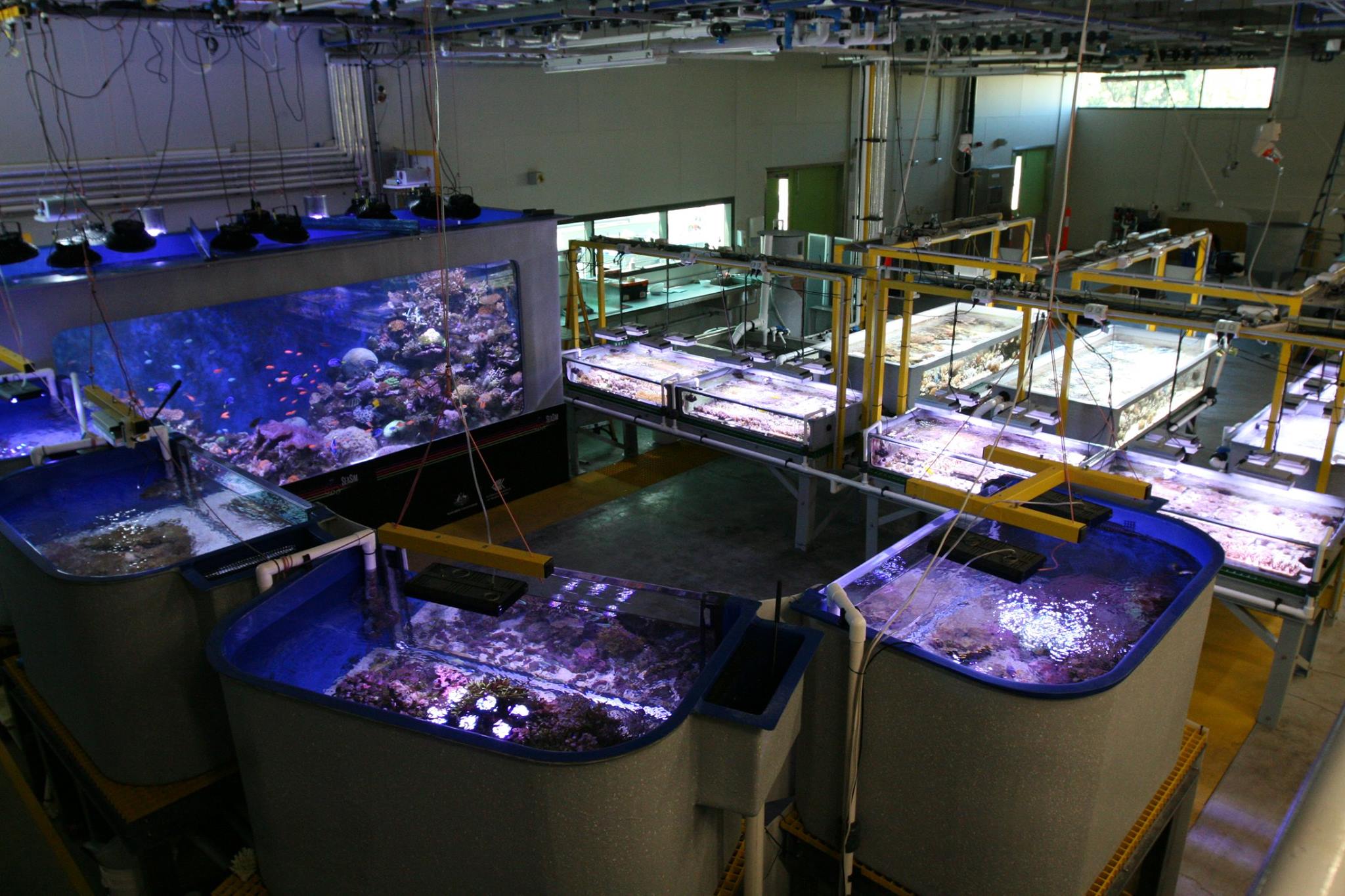 |
| Location of the Great Barrier Reef |
Through coal transport and the possibility of a shipping disaster, Australian researchers found that corals exposed to coal dust died within two weeks.
The coal dust enters the marine environment when it is blown or washed into the sea from landing and storage facilities and during transport.
In an experiment by Australian Institute of Marine Science researchers, they placed marine species inside the National Sea Simulator and exposed them to fine coal particles.
"Corals exposed to the highest concentrations of coal dust died within two weeks." research author Kathryn Berry said.
Though some fish and seagrass died from coal dust exposure, it impeded their growth by half compared to clean water.
"Corals exposed to low concentrations of coal lasted longer, but most of them died after four weeks of exposure."
Queensland Environment Minister Steve Miles refused to consider coal dust as the main threat.
 |
| Queensland Environment Minister Steve Miles |
"The main localised threats are sediment and nutrient run-off from the land and the big long-term threat is climate change. Shipping is something we need to very closely regulate but we shouldn't let [it] distract us from what the main threats are."
He assured of the strict shipping procedures that the state follows.
All channels in the Queensland area where ships pass are regulated and closely monitored.
The State Government said that stopping shipping activities in the Great Barrier Reef is not an option as Queensland is an exporting state.
Researchers hope the results will send a message to coal shipping companies in Australia and across the world.
They have predicted the death of the reef within 20 years as it struggles against coral bleaching.
©The Pink Merman
Pacific-Atlantis Mermen Journal
Read the Pink Merman's copyright and other reminders.




No comments:
Post a Comment
Feedbacks and constructive criticisms are highly encouraged. Keep in mind, however, that this blog does not portray itself as a legitimate source of factual information like recognized news agencies but as an avenue to practice journalism.